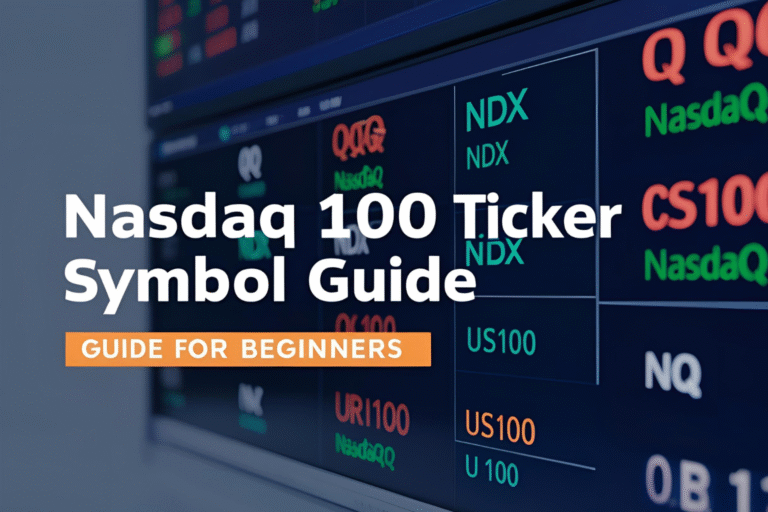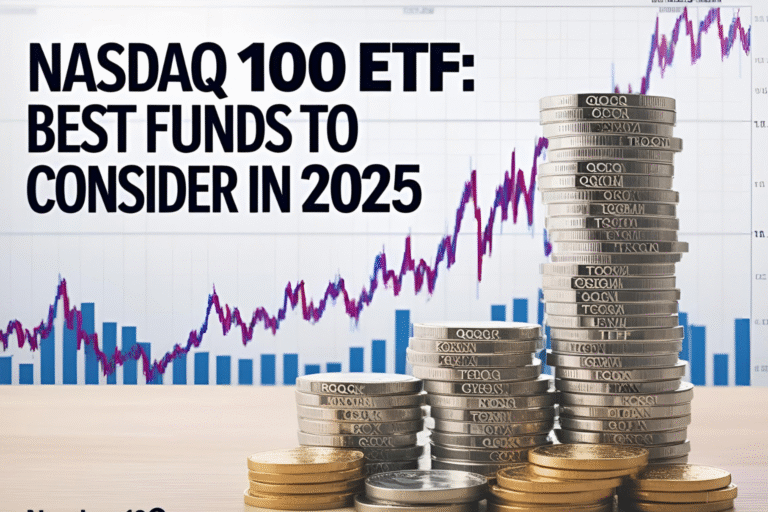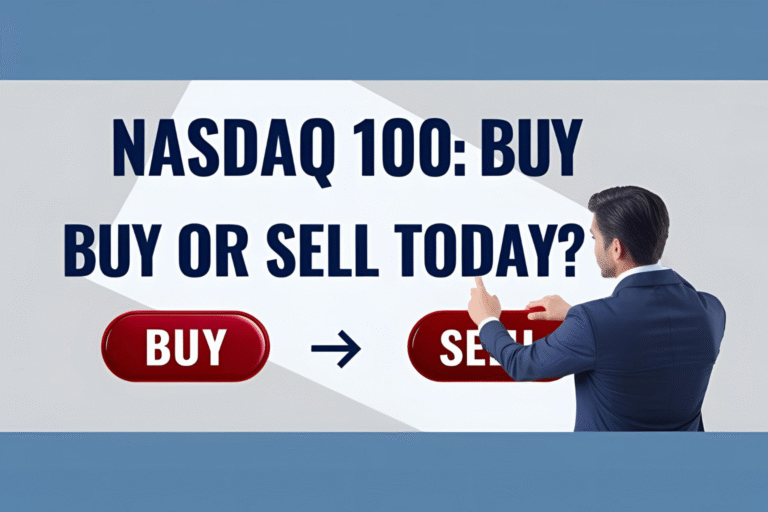Nasdaq 100 Futures Explained: How to Trade Them
If you’re looking to trade the Nasdaq 100 beyond stocks or ETFs, futures contracts are a popular and powerful alternative. Nasdaq 100 futures allow traders to speculate on the future price of the index with flexibility and leverage.
In this guide, we’ll cover what Nasdaq futures are, how they work, and how you can start trading them effectively.
What Are Nasdaq 100 Futures?
Nasdaq 100 futures are standardized financial contracts to buy or sell the Nasdaq 100 index at a future date and predetermined price. These contracts are traded on regulated exchanges like the CME (Chicago Mercantile Exchange) and reflect the performance of the top 100 non-financial Nasdaq-listed companies.
Popular Nasdaq 100 Futures Symbols
- NQ – The symbol for E-mini Nasdaq 100 futures
- MNQ – Micro E-mini Nasdaq 100 futures (1/10th size of NQ)
- US100 – Often used on CFD platforms
Each contract moves in line with the Nasdaq 100 index, but with set tick values and margin requirements.
Key Features of Nasdaq Futures
- Leverage: Trade larger positions with smaller capital
- 24-hour Trading: Nearly round-the-clock market access
- Liquidity: High daily trading volume ensures tight spreads
- Speculation or Hedging: Used by both short-term traders and long-term hedgers
How to Trade Nasdaq 100 Futures
- Choose a Trading Platform
- For full contracts: Interactive Brokers, TD Ameritrade, NinjaTrader
- For micro contracts: Most brokers now support MNQ contracts
- For CFDs: Platforms like MetaTrader 4, 5, or cTrader offer simplified access
- Understand Contract Specs
- E-mini (NQ): $20 per tick
- Micro E-mini (MNQ): $2 per tick
- Margin requirements vary by broker
- Analyze the Market
- Use technical indicators like RSI, MACD, Moving Averages
- Watch earnings, inflation data, and Fed announcements
- Set Risk Controls
- Use stop-loss orders
- Monitor leverage
- Avoid overtrading during high volatility
- Place a Trade
- Choose your contract (e.g., MNQ for smaller traders)
- Buy if you expect the index to rise (long position)
- Sell if you expect it to fall (short position)
Advantages of Trading Futures
- Lower capital requirement compared to buying Nasdaq 100 stocks
- No overnight holding costs like in CFDs
- Great for day trading and short-term strategies
- Access to both bullish and bearish setups
Risks to Consider
- Futures are leveraged products; losses can exceed deposits
- Volatility in tech stocks can lead to rapid index swings
- Holding contracts overnight carries risk during global events
Final Thoughts
Nasdaq 100 futures offer a flexible and cost-effective way to trade the index. Whether you’re a day trader looking for momentum or a hedge fund managing risk, futures give access to one of the most tech-driven segments of the U.S. stock market.
FAQs
What is the minimum size for trading Nasdaq 100 futures?
Micro E-mini contracts (MNQ) are the smallest, requiring lower margin and offering smaller tick values.
Is it better to trade futures or ETFs?
Futures offer leverage and more control, while ETFs like QQQ are better for long-term passive investing.
Can I trade Nasdaq 100 futures from India?
Yes, through global brokers with international trading access. Ensure RBI and SEBI guidelines are followed.
What time do Nasdaq 100 futures trade?
Almost 24 hours a day, Sunday evening to Friday evening (U.S. Eastern Time).
How much capital do I need to start trading?
It depends on the contract size and broker margin. Micro contracts allow trading with as little as a few hundred dollars.




